Integral Management of Blue Carbon Ecosystems
Blue carbon refers to the carbon dioxide (CO2) that is captured and stored in coastal and marine ecosystems, particularly in vegetated habitats such as mangroves, seagrasses, and salt marshes. These ecosystems are highly efficient at sequestering carbon from the atmosphere and storing it in their biomass and sediments. Blue carbon ecosystems play a crucial role in mitigating climate change by reducing the concentration of greenhouse gases in the atmosphere.
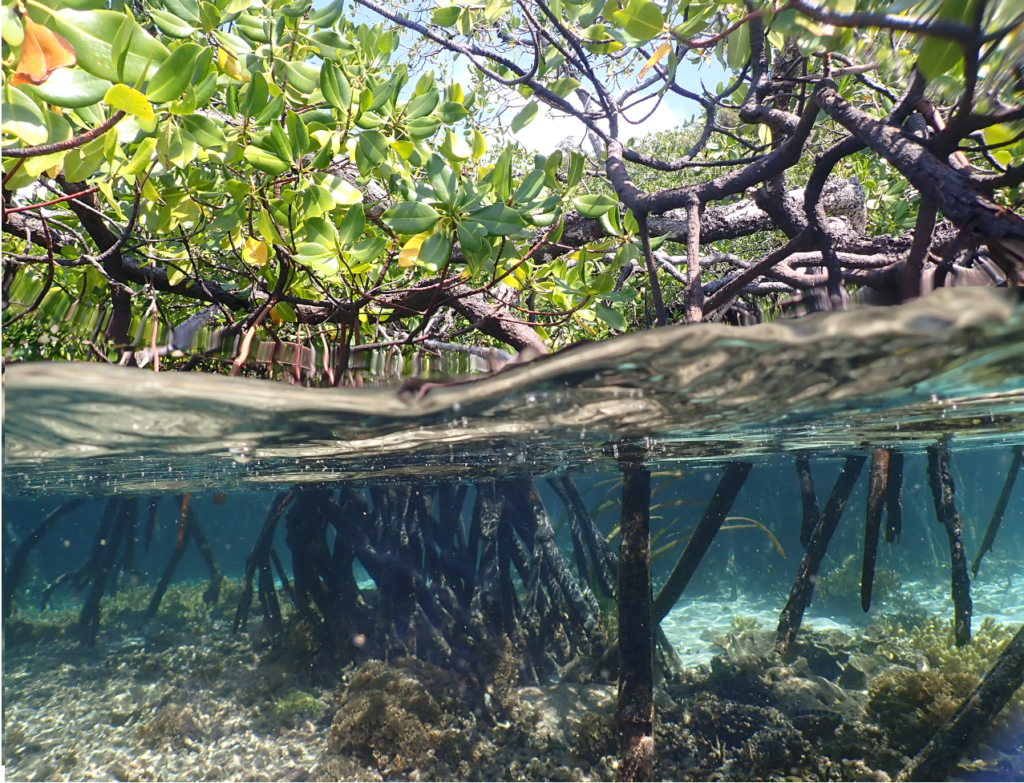
¿What means Blue Carbon?
The term “blue carbon” is used to emphasize the connection between carbon sequestration and the ocean, as opposed to “green carbon,” which refers to carbon stored in terrestrial ecosystems like forests. Blue carbon ecosystems are often found in coastal zones and estuaries, where they provide a range of ecological and economic benefits.
Key blue carbon ecosystems include:
- Coral reefs: These ecosystems contribute to carbon cycling and climate regulation. They sequester carbon dioxide from the atmosphere and help mitigate climate change. Healthy reefs can offset carbon emissions, making them important components of global carbon cycles.
- Mangroves: These coastal trees and shrubs thrive in saline or brackish water and have extensive root systems that trap and stabilize sediment. Mangroves store significant amounts of carbon in their biomass and in the soils beneath them.
- Seagrasses: Seagrasses are flowering plants that form meadows in shallow coastal waters. Their underwater leaves capture and store carbon, while their roots stabilize sediments and create habitats for various marine species.
- Salt Marshes: Salt marshes are wetlands that are periodically flooded by tides. The plants in salt marshes help capture carbon and stabilize sediments, contributing to carbon sequestration.
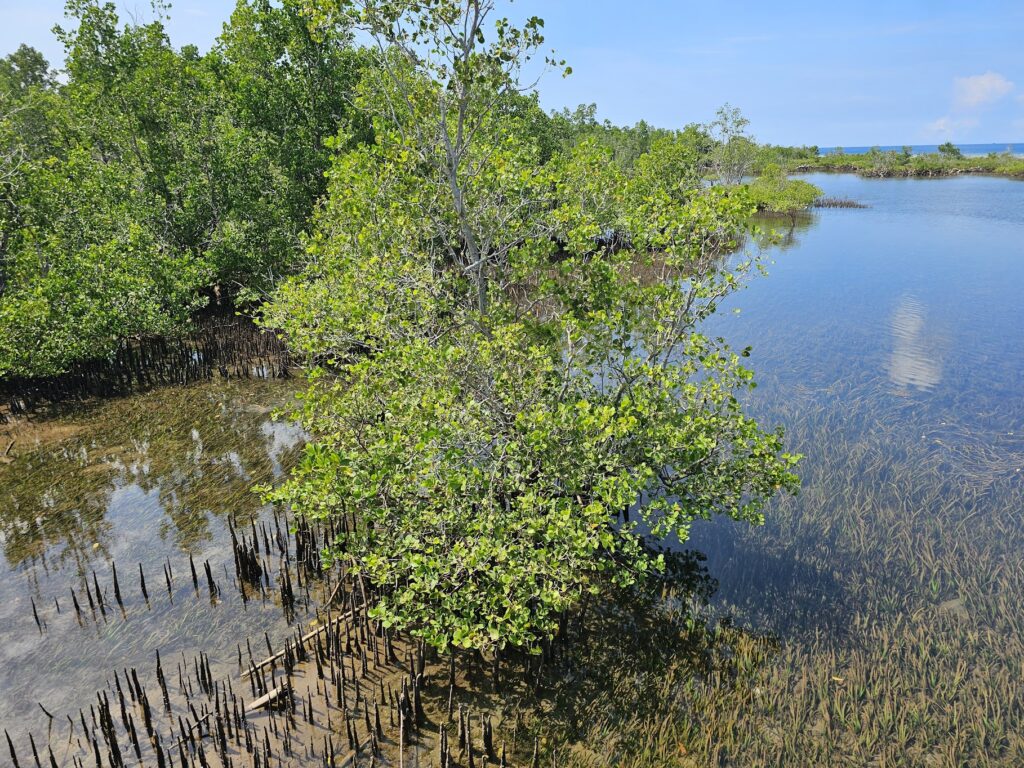
The significance of blue carbon lies in its potential to mitigate climate change and contribute to the global carbon cycle.
These coastal ecosystems have been estimated to store carbon at a rate several times higher than that of terrestrial forests on a per-unit-area basis. However, they are also highly vulnerable to habitat loss due to factors such as coastal development, pollution, and sea-level rise.
Conserving and restoring blue carbon ecosystems is essential for maximizing their carbon sequestration potential and preserving their multiple benefits, including habitat provision, biodiversity support, coastal protection, and sustainable fisheries. Incorporating blue carbon into climate change mitigation strategies and international agreements is an important step toward recognizing the value of these ecosystems in the broader context of climate resilience and environmental sustainability.
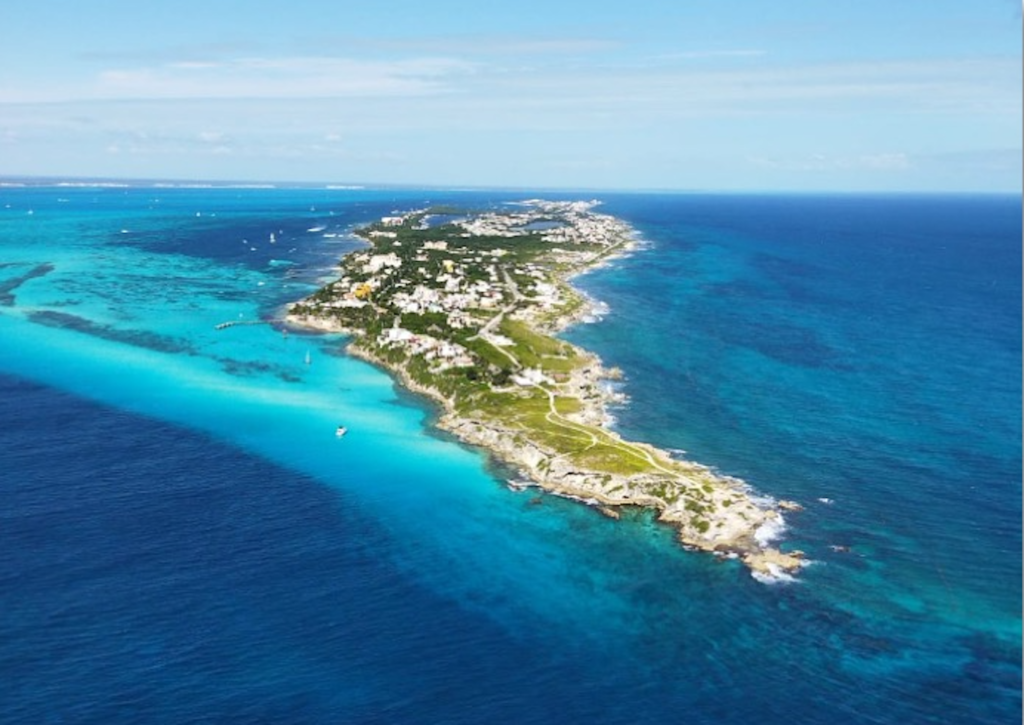
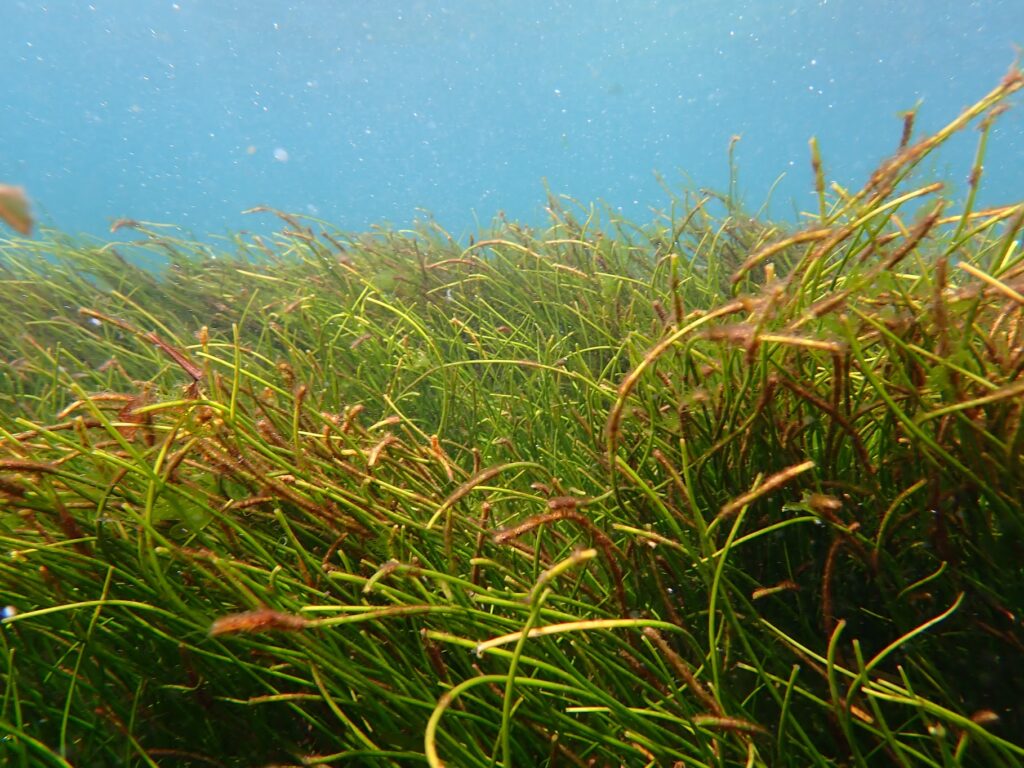
Seagrass
Seagrass is an important marine ecosystem that consists of various species of submerged flowering plants. These underwater meadows are found in shallow coastal waters and play a vital role in marine ecosystems and human well-being.
Here are some reasons why seagrass is important:

Biodiversity
Seagrass meadows serve as critical habitats and nurseries for a wide variety of marine species, including fish, crustaceans, and mollusks. These habitats support biodiversity and contribute to healthy fish populations.

Carbon Sequestration
Seagrasses are highly effective at capturing and storing carbon dioxide from the atmosphere, which helps mitigate climate change by reducing greenhouse gas concentrations in the oceans and the atmosphere.

Coastal Protection
Seagrass roots and shoots stabilize sediments, reducing erosion and providing a natural buffer against storms and waves. This helps protect coastlines from erosion and contributes to shoreline stability.

Water Quality
Seagrass helps improve water clarity by trapping sediment particles and filtering nutrients from the water. This leads to cleaner water and healthier marine ecosystems.

Oxygen Production
Through photosynthesis, seagrasses produce oxygen, contributing to the oxygen balance in nearshore waters and supporting aquatic life.

Economic Value
Seagrass ecosystems are essential for various economic activities such as fisheries, tourism, and recreation. They support commercial and recreational fish species, attract tourists for snorkeling and diving, and provide valuable cultural and aesthetic value.

Nutrient Cycling
Seagrasses play a role in nutrient cycling by taking up and recycling nutrients from the water column, helping to prevent nutrient pollution and algal blooms.

Climate Resilience
Seagrass meadows can provide a buffer against the impacts of climate change, offering resilience to rising sea levels and maintaining coastal ecosystem health.
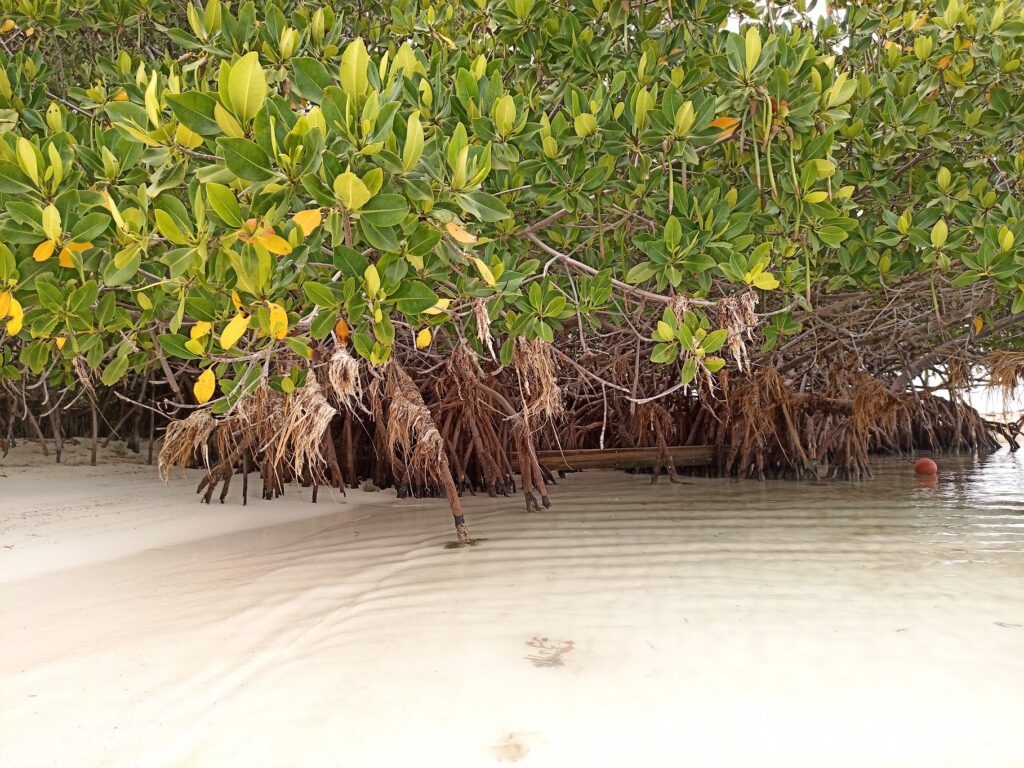
Mangroves
Mangroves are important ecosystems that are found along coastlines in tropical and subtropical regions. They offer a wide range of ecological, economic, and social benefits, making them crucial for both local communities and the global environment.
Here are some reasons why seagrass is important:

Coastal Protection:
Seagrass meadows serve as critical habitats and nurseries for a wide variety of marine species, including fish, crustaceans, and mollusks. These habitats support biodiversity and contribute to healthy fish populations.

Biodiversity Hotspots
Mangroves provide essential habitats for a diverse array of plant and animal species. Many species, including fish, crustaceans, and birds, rely on mangrove forests for breeding, feeding, and shelter. These ecosystems support complex food webs and contribute to overall marine biodiversity.

Carbon Sequestration
Mangroves are highly effective at capturing and storing carbon dioxide from the atmosphere, known as carbon sequestration. The organic matter in mangrove soils can accumulate for centuries, making them one of the most efficient natural carbon sinks. Their preservation plays a role in mitigating climate change by reducing greenhouse gas concentrations.

Nutrient Cycling
Mangrove ecosystems play a significant role in nutrient cycling and water purification. The fallen leaves and organic matter from mangroves enrich the surrounding waters and support productive fisheries. Additionally, their roots filter pollutants and trap sediment, improving water quality.

Fisheries and Livelihoods
Mangroves serve as essential nurseries and feeding grounds for many commercially important fish and shellfish species. Local communities often rely on these fisheries for their livelihoods and as a source of protein. Sustainable management of mangroves is crucial for maintaining these resources.

Tourism and Recreation
Mangroves are attractive destinations for ecotourism and nature-based recreation. They offer opportunities for bird watching, kayaking, and educational experiences, contributing to local economies and promoting environmental awareness.

Traditional and Cultural Values
Many indigenous and local communities have cultural and spiritual connections to mangrove ecosystems. These areas often hold traditional significance and practices that are tied to the surrounding natural environment.

Erosion Control and Soil Stabilization
The intricate root systems of mangroves help prevent soil erosion and stabilize coastal sediments. This is particularly important in regions where coastal land is prone to erosion due to tidal and wave action.

Research and Education
Mangroves provide valuable opportunities for scientific research and education. Studying these ecosystems helps improve our understanding of coastal processes, biodiversity, ecosystem dynamics, and the impacts of human activities.

Global Ecological Balance
Mangroves are a vital part of the interconnected web of ecosystems that make up our planet. They contribute to the balance of terrestrial and marine ecosystems and play a role in sustaining overall environmental health.
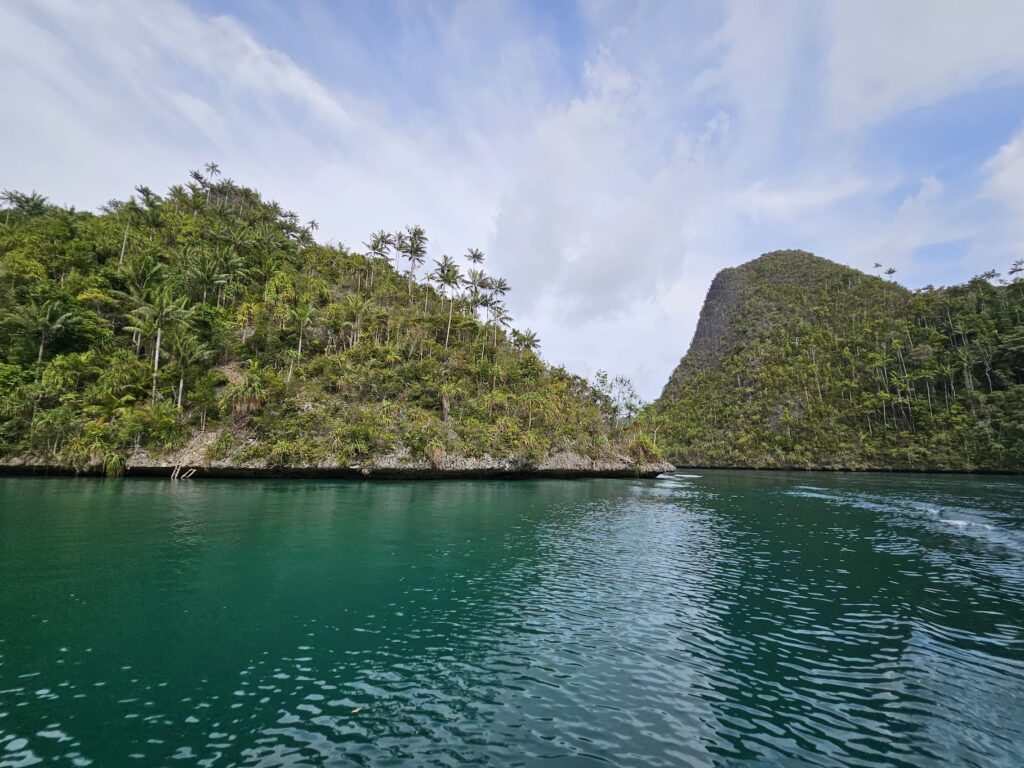
Salt Marshes
Salt marshes are important coastal ecosystems that provide a wide range of ecological, economic, and social benefits. These coastal wetlands are found in the intertidal zones, where the land is periodically flooded and drained by the tides.
Here are some key reasons why salt marshes are important:

Coastal Protection
Like mangroves and coral reefs, salt marshes act as natural buffers against coastal erosion, storm surges, and tidal waves. Their dense vegetation and complex root systems help absorb wave energy, reducing the impact of storms and protecting shorelines from erosion.

Habitat and Biodiversity
Salt marshes serve as crucial habitats for a variety of plant and animal species. Many species of birds, fish, crustaceans, and mollusks rely on salt marshes for breeding, feeding, and shelter. These ecosystems support complex food webs and contribute to overall coastal biodiversity.

Nutrient Cycling and Water Purification
Salt marshes play an important role in nutrient cycling and water purification. They trap sediments and filter pollutants from runoff, improving water quality in adjacent coastal areas. The marsh plants also take up excess nutrients, helping to prevent nutrient pollution in surrounding waters.

Carbon Sequestration
Similar to mangroves and forests, salt marshes are effective carbon sinks. They capture and store carbon dioxide from the atmosphere, helping mitigate climate change by reducing greenhouse gas concentrations.

Fisheries and Commercial Value
Salt marshes support fisheries by providing nurseries and feeding grounds for many commercially important fish and shellfish species. They contribute to the health of fisheries and are vital for supporting local economies and livelihoods.

Recreation and Education
Salt marshes offer opportunities for recreational activities such as birdwatching, hiking, and kayaking. They also provide educational settings for learning about coastal ecosystems, natural processes, and the importance of wetland conservation.

Erosion Control and Sediment Stabilization
The dense root systems of salt marsh plants help stabilize sediments and prevent erosion, maintaining the integrity of coastal land. They also play a role in reducing the impact of waves and currents on the shoreline.

Carbon Storage and Blue Carbon
Salt marshes are important contributors to blue carbon ecosystems, which are coastal and marine habitats that sequester and store large amounts of carbon. Their ability to store carbon in both plants and sediments helps mitigate climate change impacts.

Research and Restoration
Salt marshes are valuable sites for scientific research on topics such as coastal ecology, hydrology, and climate change impacts. Restoration efforts that aim to rehabilitate and protect degraded salt marshes are important for maintaining their functions and benefits.

Resilience and Adaptation
Salt marshes contribute to coastal resilience by providing natural defenses against sea-level rise and extreme weather events. By reducing wave energy and stabilizing sediments, they help protect coastal communities and infrastructure.
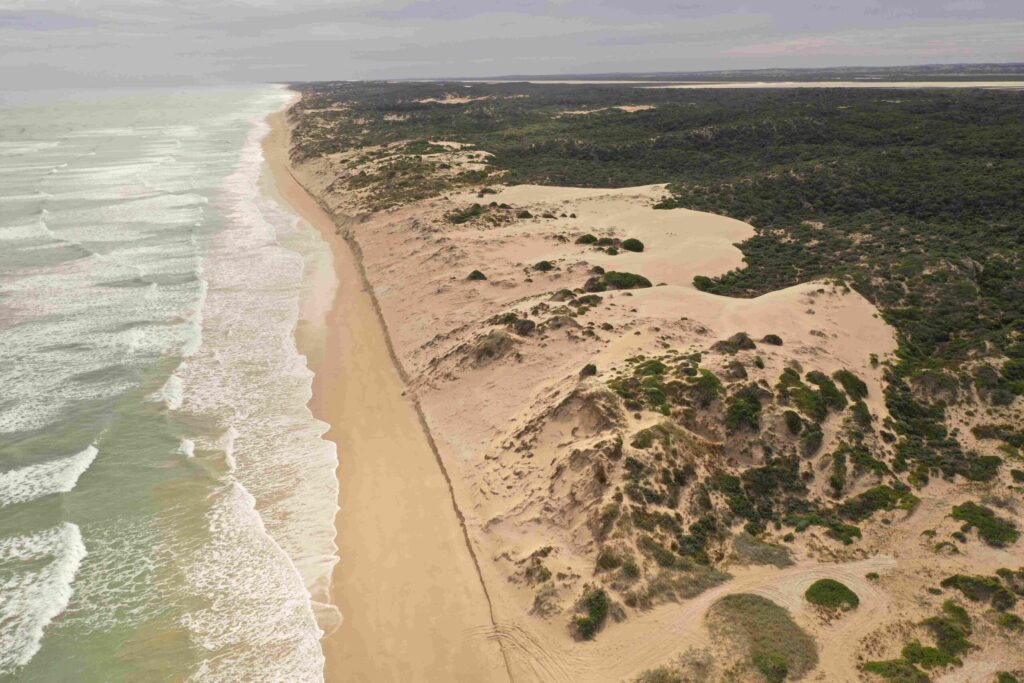
Coastal Dunes
Coastal dunes are important ecosystems that provide a range of ecological, environmental, and societal benefits.
Here are some reasons why coastal dunes are significant:

Erosion Protection
Coastal dunes act as natural barriers that protect coastlines from erosion due to wind, waves, and storms. They serve as a buffer between the ocean and inland areas, helping to stabilize shorelines and prevent coastal erosion.

Storm Surge Mitigation
During storms and hurricanes, coastal dunes can absorb and dissipate the energy of waves and storm surges, reducing the impact of flooding and protecting coastal communities and infrastructure.

Habitat for Biodiversity
Coastal dunes provide habitats for a diverse range of plant and animal species. Many species are adapted to the unique conditions of sandy dune environments, including the shifting sands, salt spray, and exposure to strong winds.

Nesting Sites
Many species of shorebirds, sea turtles, and other animals use coastal dunes as nesting sites. The dunes offer protection from predators and disturbances, contributing to the survival of these species.

Plant Diversity
Coastal dunes often support specialized plant communities that are adapted to the harsh coastal conditions. These plants help stabilize the dunes by trapping sand and promoting dune growth.

Carbon Storage
Coastal dunes can store significant amounts of carbon in their soils and vegetation. This helps mitigate the effects of climate change by removing carbon dioxide from the atmosphere.

Recreation and Tourism
Coastal dunes are popular destinations for recreational activities such as beachcombing, hiking, birdwatching, and photography. They also contribute to tourism, attracting visitors to coastal areas.

Education and Research
Coastal dunes provide valuable opportunities for scientific research and environmental education. Researchers study dune ecosystems to understand their dynamics, species interactions, and ecological functions.

Cultural and Historical Value
Coastal dunes often have cultural and historical significance for local communities. They may be tied to traditional practices, historical landmarks, or indigenous heritage.

Aesthetic Beauty
The natural beauty of coastal dunes, with their sandy landscapes, native vegetation, and dynamic ecosystems, contributes to the aesthetic appeal of coastal areas.

Aquifer Recharge
Rainwater that filters through coastal dunes can recharge underlying aquifers, contributing to freshwater availability for both natural systems and human use.

Biodiversity Connectivity
Coastal dunes can serve as corridors that connect different habitats along the coast, allowing for the movement of wildlife and maintaining biodiversity.
